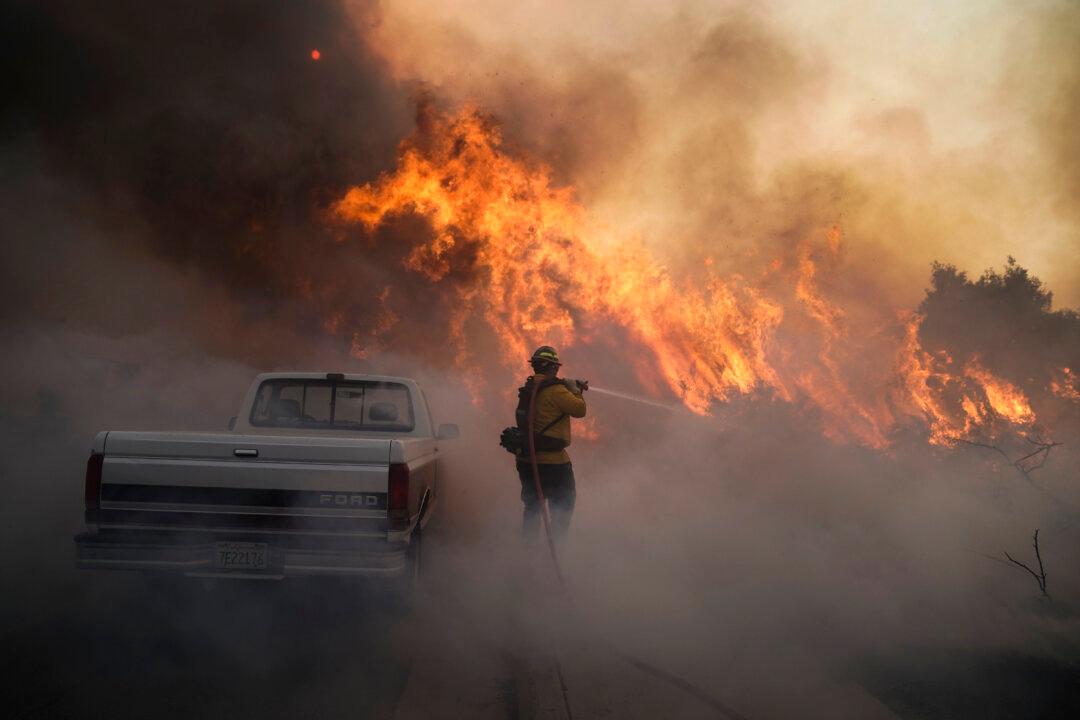New research indicates that exposure to pollutants in wildfire smoke may have led to thousands more COVID-19 cases and deaths.
The new study, published in the journal Science Advances, links fine particle pollution known as PM2.5, which measures 2.5 micrometers across and is produced by wildfires, among other sources, to a significant increase in COVID-19 cases and deaths in California, Oregon, and Washington state.






